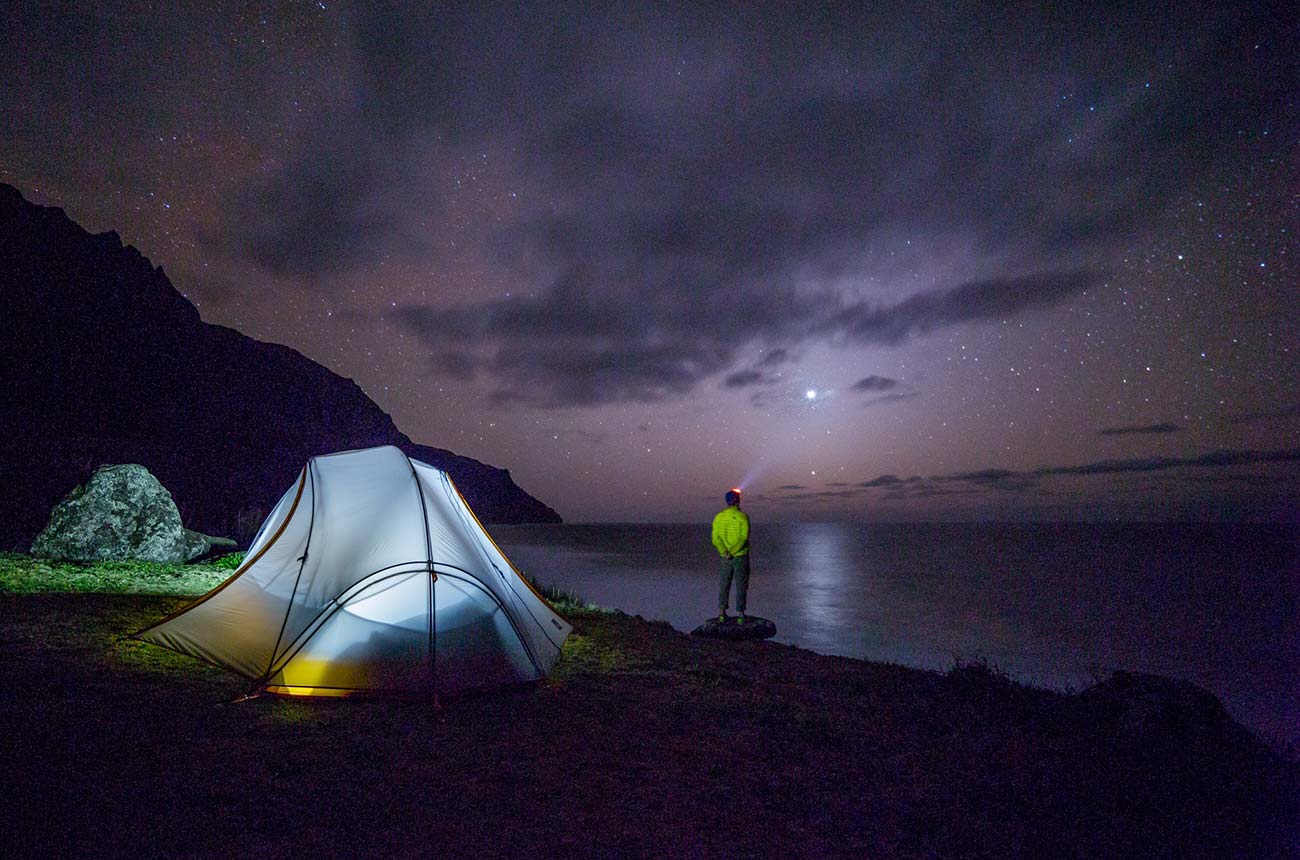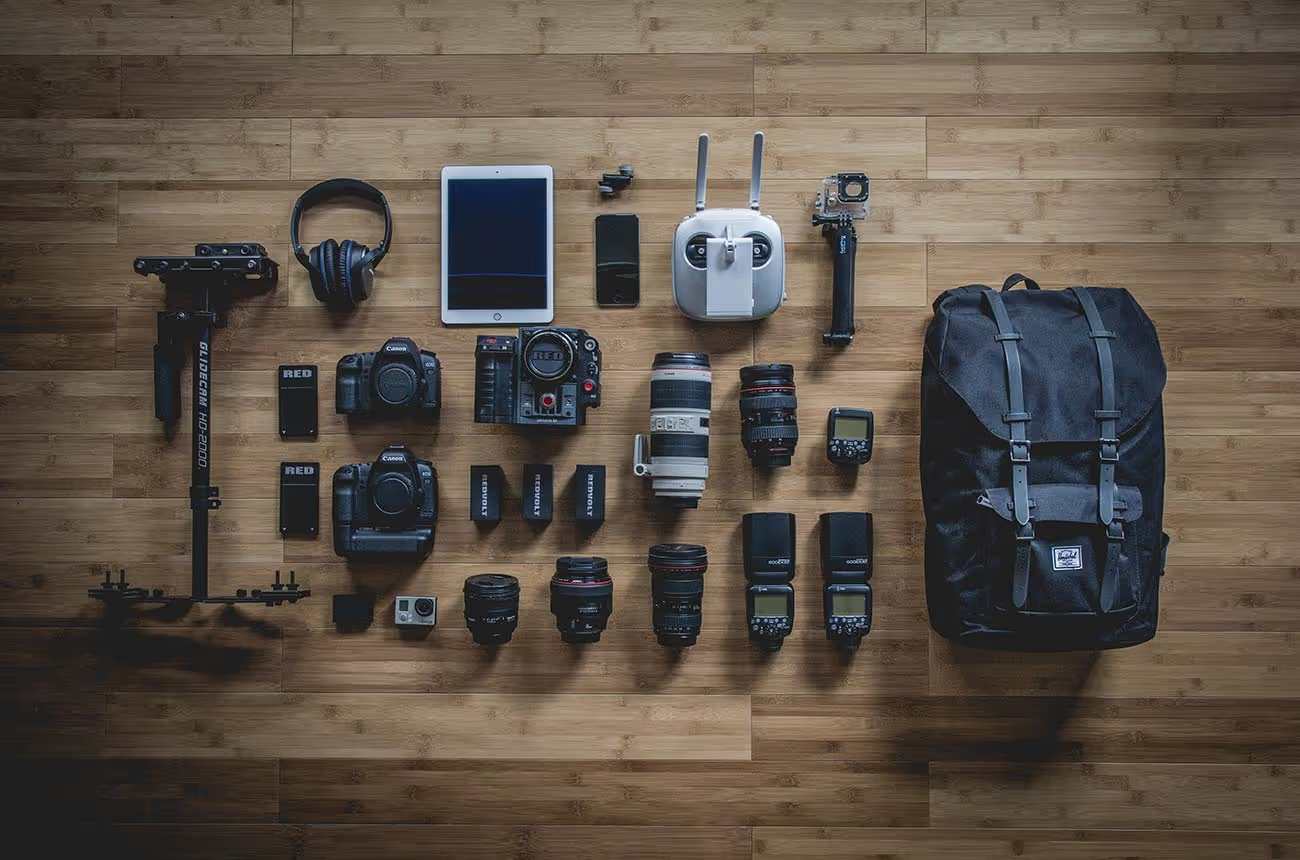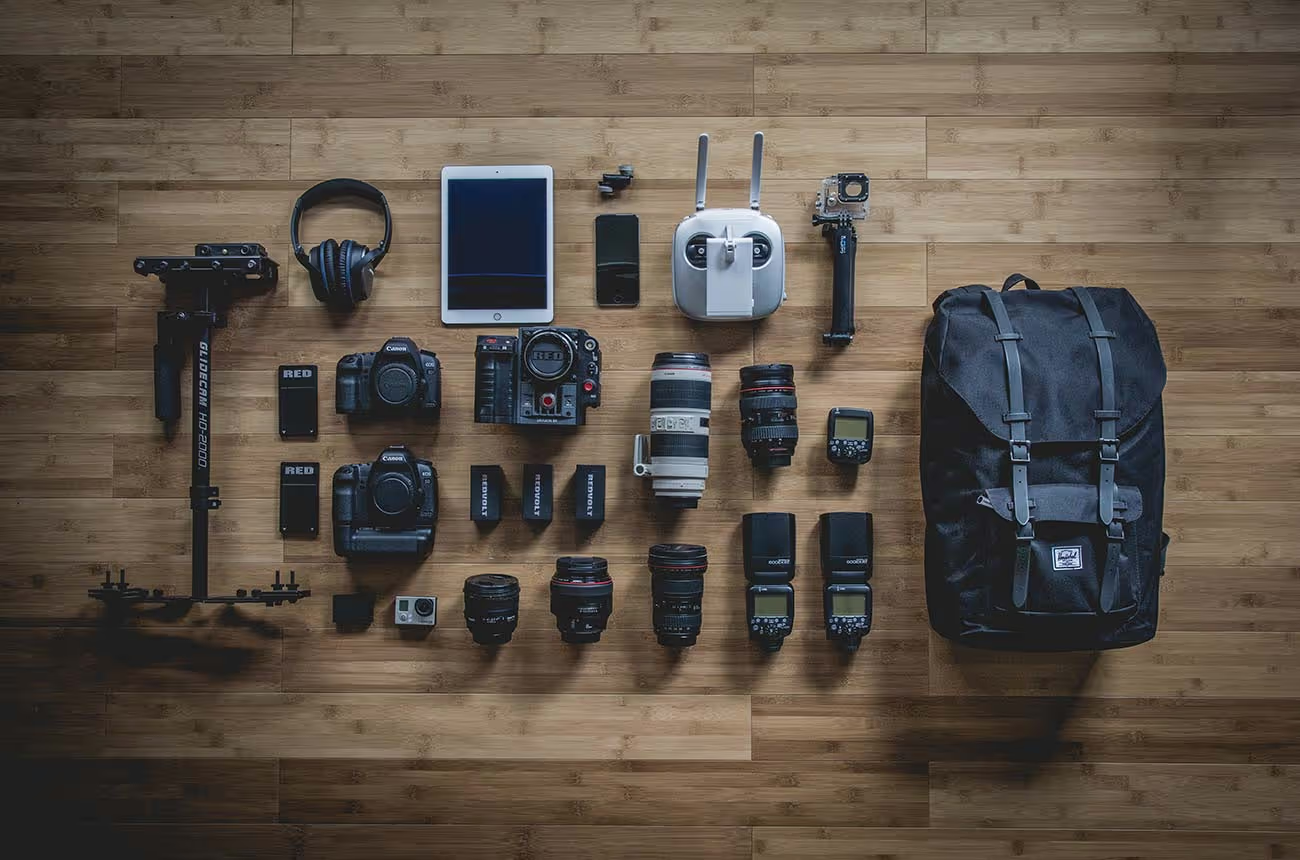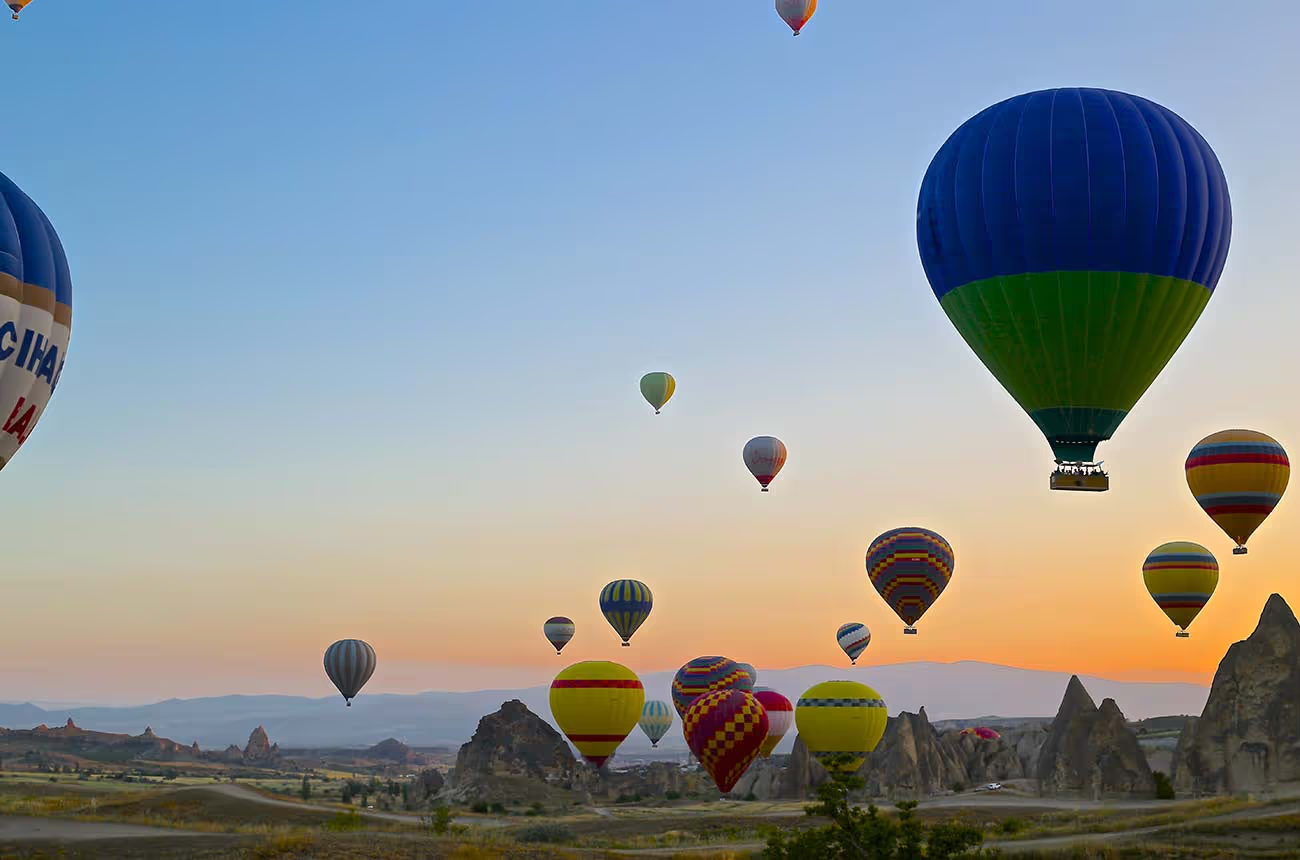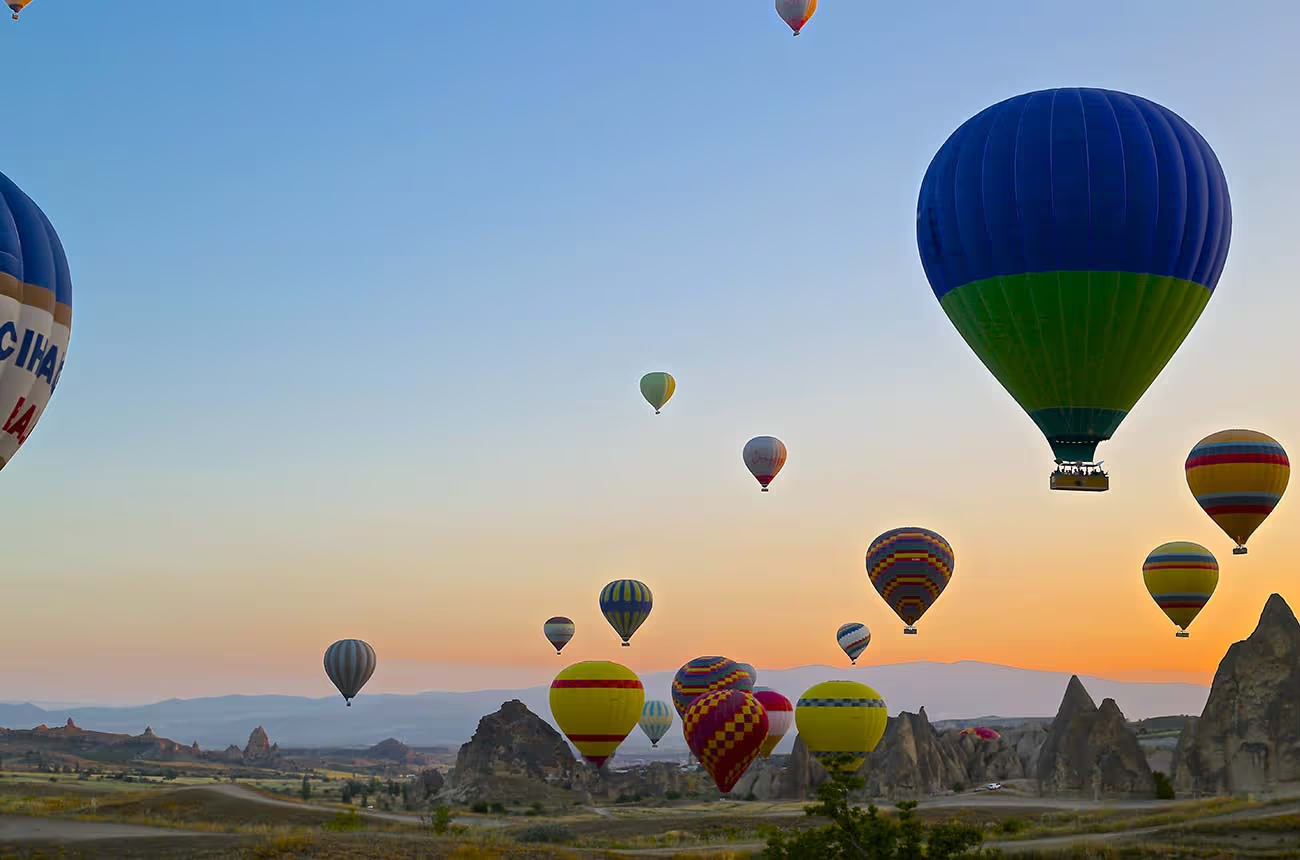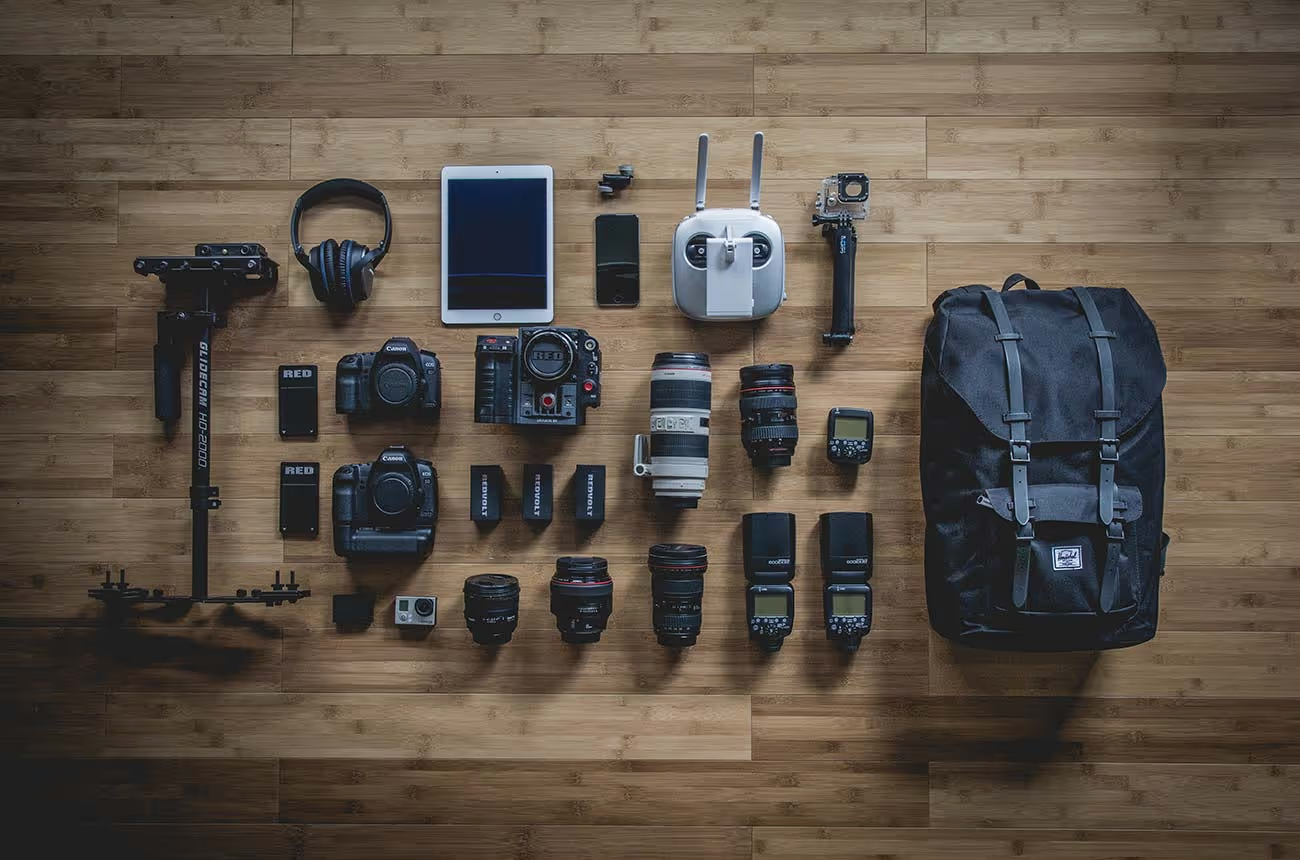
Techos' Workshop: Time to Talk Film Industry Safety
The film and television industry is a unique business and brings unique occupational risks and safety hazards to its workers. When the camera is running and everyone has slipped into a created ‘film world’ on set it can, at times, feel almost like a protective shield against the world…Atleast until safety is compromised and something goes wrong. By Jan Sisley.
“Concern for man himself and his fate must always be the chief interest of technical endeavours.” – Albert Einstein
Awareness of film safety has increased significantly in recent months. The higher media profile is in light of the tragedy that claimed the life of AC Sarah Jones and injured six others on the set of Midnight Rider in the USA. In safety workshops held by the Techos’ Guild in Auckland, Wellington, and Queenstown, presenters Alun Bollinger and Willy Heatley led lively discussions on safety issues in the film industry. The Guild’s executive officer Karla Rodgers was the moderator. Other than a few regional differences, similar issues and concerns around safety were raised across all three workshops. Working collectively as an industry to find solutions was also a strong thread.
All workplaces in NZ are expected to comply with the Health and Safety at Work Act (1992). This Act is now administered by the official workplace health and safety agency WorkSafe New Zealand. In compliance with the legislation a ‘Principal’ (likely the producer or production company) is responsible for identifying and then evaluating and eliminating, or managing, potential hazards to anyone entering the workspace whether an employee, contractor, or visitor. On the flip side, employees and contractors also need to take responsibility and report anything they feel may put people at risk. If a workplace falls under another industry’s safety plan then anyone entering that site should be briefed on safety rules and policies. However, a producer may still also be investigated as the party responsible for the crew entering the site.
The Act not only applies to NZ productions but also those from other countries shooting here. Compliance by companies from overseas came up repeatedly in discussion as one area of concern. There was a general feeling that overseas productions should at least have a NZ line producer to help bridge the gap. There were stories about overseas crew arriving and shooting with no permits or work visas. It is unlikely in this instance, where they are paying no heed to immigration or labor laws, that safety is a priority and if incidents were to occur here they will probably not be reported. It was asked that NZ line producers take a stronger stance and ask for more stringent health and safety adherence. One reason for this is that if there was an accident it is unlikely that WorkSafe would pursue overseas production companies and the local producer could become liable. Following an investigation, anyone who is determined to be in some way responsible for an incident or noncompliant with safety provisions can be held accountable and possibly prosecuted, not just the principal.
The legislation is currently under review and changes are expected within the next year. While no major changes are likely, more responsibility may be put onto managers and amendments will close loopholes to avoid prosecution. NZ essentially has the same laws as Australia but the key difference is that Australia has greater compliance and NZ does not. This was put down to frequent inspections and strong enforcement in Australia whereas a more reactive approach is taken here with investigations happening only after accidents have occurred.
There are no provisions in the Act specifically for the film industry and currently, there is little official government interaction with the film industry. The industry needs to be self-managed to prevent officials with no industry experience legislating for us. Inspectors will apply the requirements of the Health and Safety at Work Act, and while they may be aware of established industry guidelines, their responsibility is to apply and enforce the law. If a serious incident or fatality were to occur resulting in a government investigation, regulations could be imposed that would severely inhibit the activities of the industry. If compliance to the laws were to be made difficult and expensive, it could lead to many going out of business.
With long hours being worked, often fatigue is a big issue on film sets, and it is not a new problem. Alun Bollinger presented a clip from Haskell Wexler’s 2006 documentary Who Needs Sleep? It examines the problem of excessive working hours and its negative effect on those working in the film industry. According to research, a driver taking the wheel after a 14-plus hour day functions worse than if they were over the legal limit of alcohol. Under no circumstances should crew members operate any vehicles, on or off set, without adequate rest. We heard a story about a cast van being driven long distance overnight by an already fatigued runner because the production didn’t want to pay for accommodation and other crew had already refused to drive after the long day. Driving home when excessively tired could result in a serious car accident, and the documentary shows two road deaths directly attributable to the fatigue of a long work day. If necessary, the production should provide taxi fare or transport home when wrapping late at night after a long day. The importance of adequate rest cannot be overemphasized. Lack of sleep will affect the quality of your work as well as your health and safety and if there were to be an investigation after an accident on set, hours worked is one causal factor that could be looked at. It could also be used by insurance companies as a reason to void public liability cover.
The documentary also questions the business sense in paying people higher overtime rates to work at half their usual efficiency and highlights a campaign in the US screen industry to reduce work days to no more than 12 hours. But a recent experiment, Eight hours For Hollywood, by US producer Robert Schneider took the 12-hour day concept even further. He budgeted a studio feature with 8-hour days, and despite extending the shooting schedule by three weeks, it came in significantly cheaper. It is important that shoots comply with the recommended maximum of a 12-hour shoot day beginning at crew call time and ending at wrap time. Subsequently, crew must also be given proper turnaround time before reporting to set the following shoot day. Little appears to have changed since Wexler’s documentary was made, and it seems that everyone accepts long days as necessary. Talk with many crew members and you’ll find them familiar with exhaustion as a way of life.
There are a variety of reasons we work such long hours. One shoot in Auckland ran to 25 hours. They would have known about the pending overtime early on, and could have taken measures to reduce it, but it was revealed that multiple complications meant the shoot had to continue. In discussion, there was ultimately no consensus on what could have been done differently. It may be that poor planning and scheduling or unreasonable expectations and pressure on productions are to blame for long hours. By no longer accepting that it’s okay to work excessive hours, this can be managed with more job sharing, through swing shifts and split shifts, and making solutions such as allowing crew to sleep a couple of hours when not needed during the shoot day, an acceptable practice. Of course, sometimes we only have ourselves to blame and we need to remember that overtime is a penalty for employers, not a way to earn extra money. If it has been quiet, people are not going to turn down work, instead taking on extra and saying yes to overtime or limited turnaround to make up for quiet spells. But at what cost? Not only is the quality and value of the product compromised but the safety and quality of life of crew are at stake. We heard about people starting a job in the morning when the previous day they had worked on a night shoot, or only taking one day off in a month, as in the case of a unit manager who had worked 30 days straight without a break. This stimulated discussion about whether producers should ask for disclosure of a technician’s last day off, or the wrap time of their last job and whether this should come from the crew themselves or via agents. It is acknowledged that some things can only be shot at night or on the weekend, this is not the issue, and if you were looking for a nine-to-five job you would probably not choose the film industry. But that is no excuse for working more hours than there are in a day or booking yourself solid with few days off.
Many important issues were discussed at the workshops. As Willy Heatley suggested, we were left with many questions still to be answered. A key point to be taken away is that safety is the responsibility of everyone engaged on a production. No matter where you are shooting or on what scale, safety should be at the forefront of concerns and take precedence over expediency or shortcuts. It is easy to take extra risks when filming, usually due to being caught up in the moment, and we need to take a proactive approach, both individually and collectively, to create a culture where unsafe practices are unacceptable and where people can talk about safety. It is in the interests of high standards of safety on set if crew members report anything they feel is unsafe, including excessive hours, and it should be welcomed as an indication of professionalism and conscientiousness. Production teams should discuss safety issues before filming begins and take steps to avoid or minimize risks. We all have responsibilities under the Act, and ideally, should be familiar with how health and safety regulations apply to film and television work environments. In a job where every day and each situation is unique, the importance of safety cannot be emphasized enough.
Stay tuned, a second article on the safety workshop will run in the next NZTECHO magazine covering topics including safety on location.








